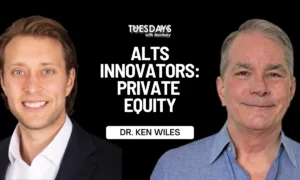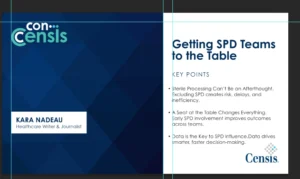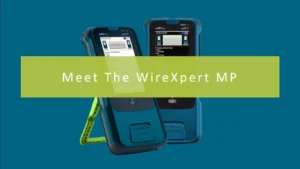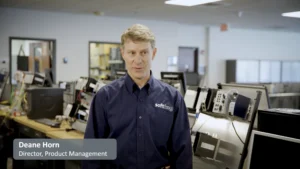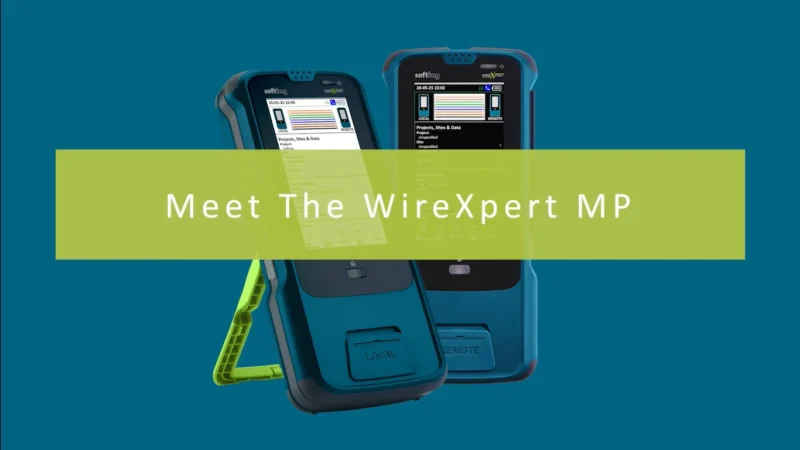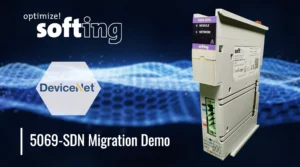Real-Time Data and Analytics Buyer’s Guide
The use of telematics in fleet and asset tracking has been enabling accountability and protection for both fleet managers and drivers since the 1970s. During the ’80s and ’90s, the proliferation of more satellites, personal computers, and computer storage accessories that increased shareability of information, as well as the advent of the world wide web, fleet management software, and progressive GPS technology, allowed fleet managers and drivers to share data more easily. In the 2000s, cell phones and tablets progressed along with GPS navigation technology, using apps that allowed drivers to communicate directly with their dispatcher and fleet managers, while GPS-based fleet telematics systems gave offices the capability to locate drivers and freight from miles away.
Today, with modern, cutting-edge GPS and mobile technology along with cloud computing and high-speed internet, fleet managers have access to extremely sophisticated data. GPS fleet and asset tracking has become an essential management tool, providing managers the ability to monitor vehicles more closely, eliminate irrelevant fuel usage, regulate scheduled vehicle maintenance, and real-time driver monitoring that can increase billing accuracy and improve delivery scheduling, allowing fleet managers to manage fleets more efficiently, helping to keep customers happy and drivers safe while saving fleet companies both time and money.
Further, with vehicle tracking solutions powered by IoT devices, a company’s vehicle tracking system is cost-effective, automated and reliable. From vehicle streaming cameras to scheduling and freight management, to efficient routing to avoid traffic hassles, companies can set up an automatic flow of logistics processes with interconnected devices working as part of an integrated process. The road to modernized GPS and fleet tracking via IoT transformation can provide more than just where a driver and freight currently is. By integrating a fleet tracking solution with existing field service systems, interoperability is achievable, allowing for gains and efficiencies unobtainable without IoT implementation.
In the era of connected devices, choosing the best solution for your fleet takes research and knowledge. Managers must be conversant in hardware, connectivity, applications, integration security, intelligence, agility, and scalability. They can turn to a telematics partner to work with that can provide intelligent IoT architecture. The right partner can ensure that you capture real-time operational data while helping you adapt and achieve better business outcomes via triggered alerts when certain conditions are met and apply prescriptive analytics that will improve decision making. Moreover, the right partner will have the equipment, expertise, and tools to drive efficiencies, collect data, and track performance anytime, anywhere. ThingTech is that partner. To learn more about ThingTech’s solutions for IoT-enabled GPS fleet and asset tracking, check out their Buyer’s Guide today.
If you want to learn more click here.



